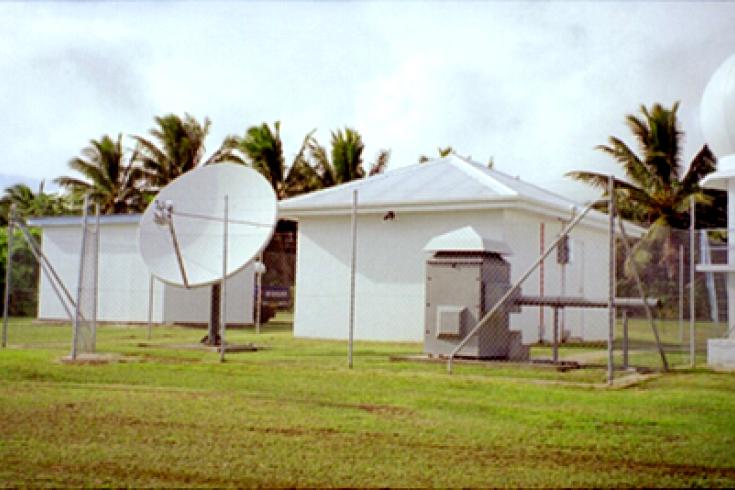2008 in retrospect: an eventful year for the CTBT
A jubilant start

After Colombia's ratification, only nine countries remain for the CTBT to enter into force.
Spring: Two-thirds of all IMS facilities certified
By the end of 2008, 245 of all 337 planned monitoring facilities were certified.

Radionuclide Station RN23, Rarotonga, Cook Islands, one of over 200 stations where the communications system was modernized.
Summer: Launch of the CTBTO's new website
One of the animations on the CTBTO's new website.
Fall: Flexing the on-site inspection verification muscle
Preparing for a magnetic field measurement, one of many inspection techniques of an on-site inspection.
An auspicious end to the year

President-elect Barack Obama supports ratification of the CTBT.
7 Jan 2009
